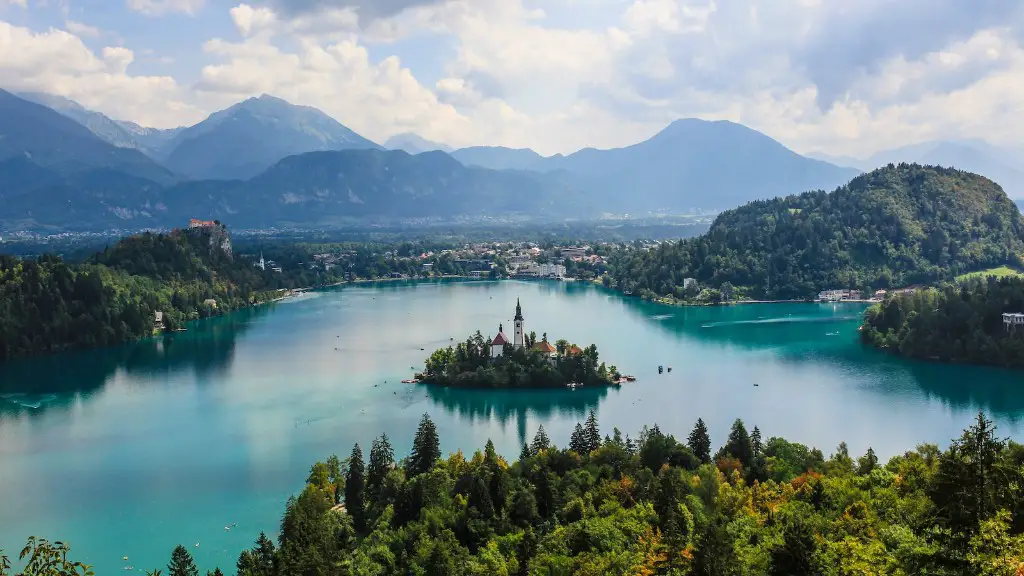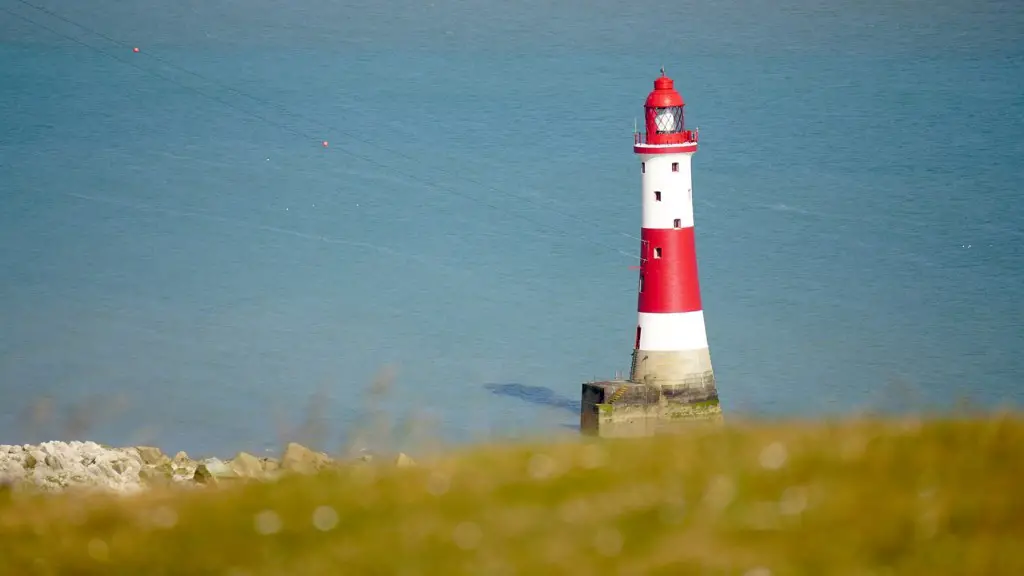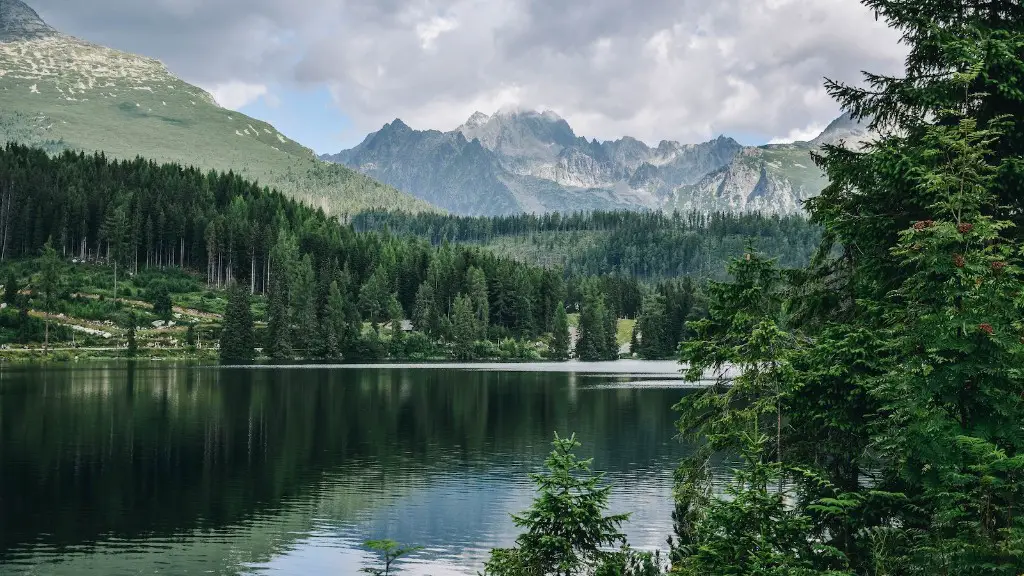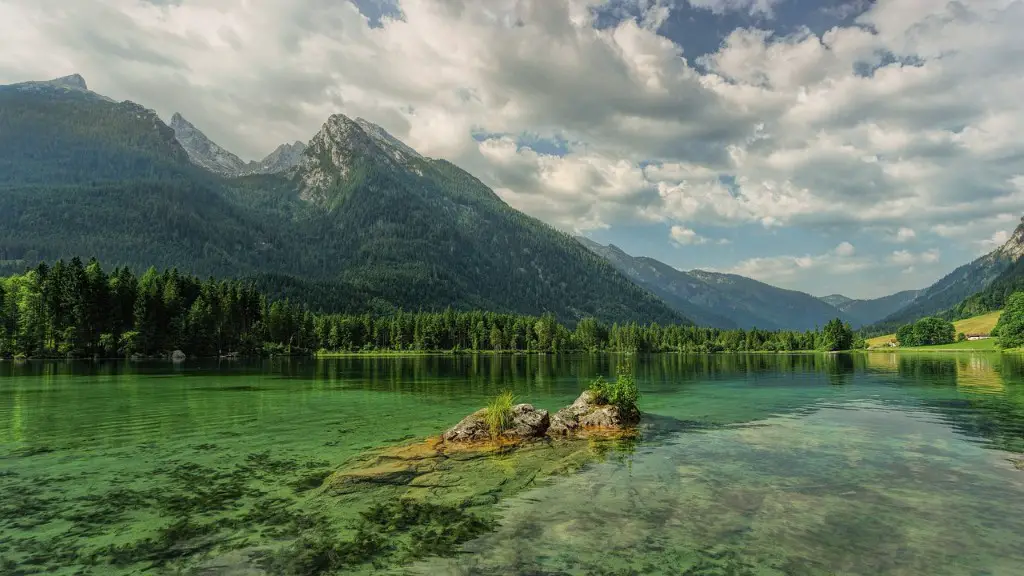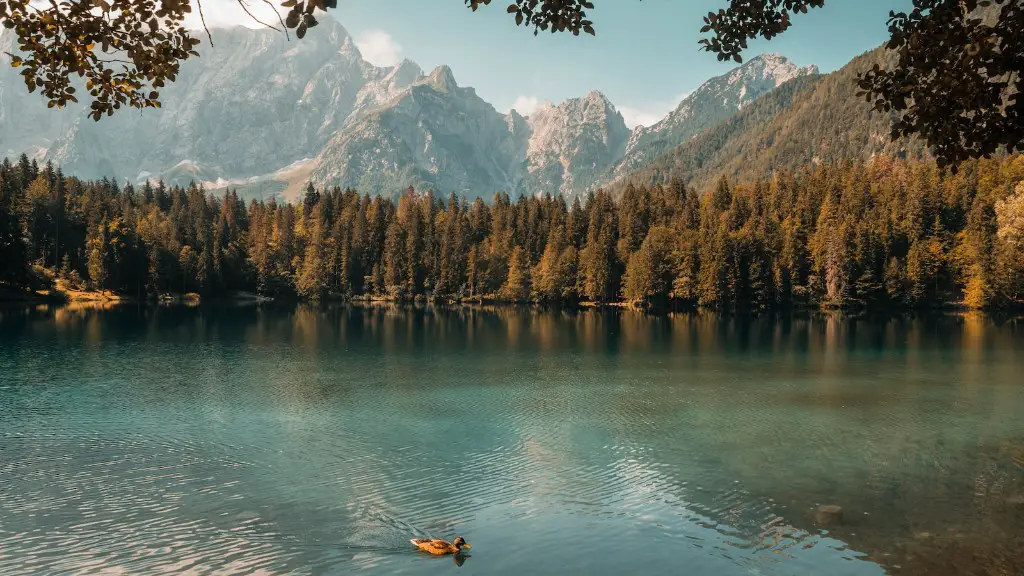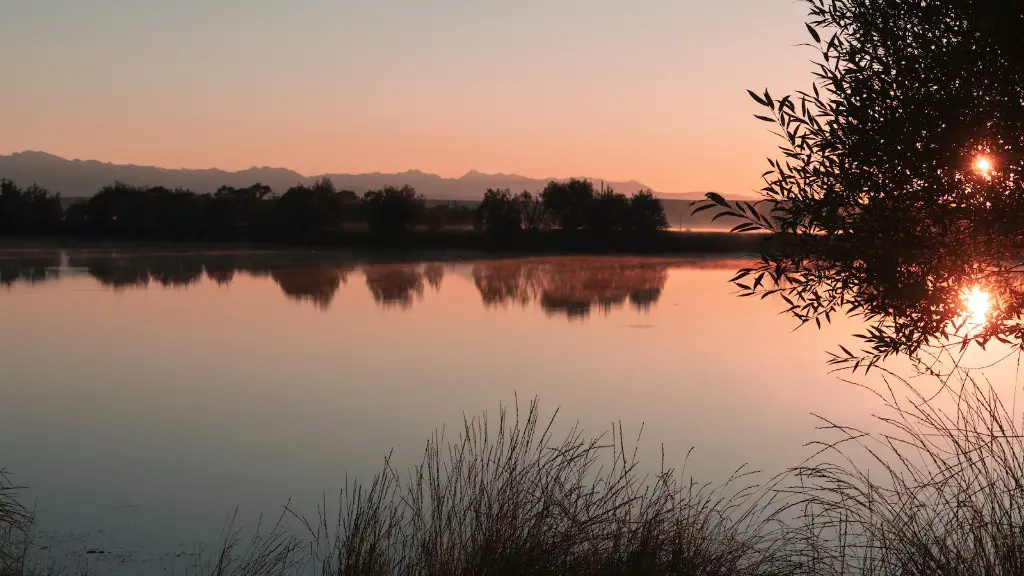How Winter Impacts Lake Superior
The coldest winter days have a drastic impact on Lake Superior. When the lake freezes, waves stop and the shoreline completely changes. With temperatures dropping below 0°C in many parts of the lake, the ice coverage expands and a layer of snow quickly forms. The miles of frozen water provide spectacular views, boost tourism and force many activities to pause. As soon as temperatures rise the ice begins to melt and the lake returns to its familiar state.
The thickness and support of the ice has been measured to ensure safe travel. U.S. Coast Guard icebreaking tugs are sent out to areas with ice movement to assist in the journeys of smaller vessels. Ice bergs, small chunks of floating ice, can also impact ferries, large cargo ships and watercrafts, which is monitored by the US Coast Guard.
The length of time ice covers Lake Superior depends on the winter. Since the temperature of the lake holds the heat of the previous summer, it can create conditions that delay ice formation, while the depths contain colder water that aid ice formation. This unique combination of temperature, air pressure, and wind speed determines how fast or how slow the winter changes will be.
According to meteorologist Kathryn Beavers from Minnesota, “If it’s not too cold or too windy, the lake could take several weeks of cold weather for the ice to form and thicken. The Northwest corner of Lake Superior has had temperatures of -10°C, the average temperature in February is usually -2°C.” Fog and heavy snow are both common in winter and can alter the temperature dramatically and impact the formation of ice.
Threats to Ice Formation
Despite January and February being the coldest months of the year, global warming continues to be a threat to the lake’s ice formation. The lake is home to many species of fish, beginning to reproduce by entering the lake via rivers and streams. When the lake doesn’t freeze, they are able to swim in locations that have become uncommon winter-time spots like the harbor of Duluth.
Lake Superior is the largest freshwater lake in the world and its temperature reflects that very fact. According to Aaron Redman, a meteorologist from Wisconsin, “The temperatures at the surface of the lake are cooler than the air above it. This means that the upper portion of the water column near the surface tends to cool first but the bottom of the lake takes much longer to cool. This can affect how quickly ice forms on the surface.”
The winter of 2018 was an unusual one, temperatures fluctuations left the ice isolated or nonexistent. A warmer winter means less ice coverage. Unfortunately, this has become a trend with the average ice coverage decreasing. According to Michigan’s Department of Natural Resources, in 2013 the Great Lakes had the lowest ice coverage since records began in 1973.
According to Naguib Sawiris of NASA’s Earth Resources, the global climate change has been creeping up rapidly making ice coverage more unpredictable. “Lake Superior is no stranger to climate change and temperatures are expected to keep increasing, making ice coverage even more unpredictable and making ice formation more unreliable.”
Impact on Tourism
Families from around the world flock to Lake Superior to enjoy its natural beauty, including the snow and ice. Ski hills, ice hockey and snowmobiling areas, the lake offers an abundance of activities available to tourists and locals alike.
The Minnesota Great Lake’s tourist organization explains, “Ice fishing, ice boating and snowmobiling are just a few examples of activities that Lake Superior offers in winter. When the lake is frozen over, vacationers can explore the lake and have unique experiences.”
Ice roads are formed on the lake making transportation to some of Canada’s key locales accessible. Other, more remote areas of the lake, can be accessed by cross country skiing, sleigh rides and a walk across the lake.
Rishiod Jalson, a tour guide from Michigan explains, “Ice skating and snowshoeing are some of the few exciting experiences visitors can enjoy in these winter months. The lake is truly a winter wonderland many are enjoying and being mesmerised by the beauty of frozen waves. ”
Safety On the Ice
The Michigan Department of Natural Resources remind us, “Ice is never 100% safe and can vary greatly in thickness and strength. It must be at least four inches thick before venturing out on it and always wear a life jacket. A few inches of snow will not insulate the ice and if snow is on the ice be aware that water may have been flowing underneath.”
An experienced ice angler from Minnesota, John Emerson, explains how the lake’s surface and shoreline can be deceptive. “One should always stay away from pressure cracks, cracks appear in the ice to equalize the larger volumes of bending and stress. No one should EVER drive a snowmobile, four-wheeler or car on the lake, it is illegal and could be dangerous. Thick ice near the shoreline can be much thinner out in the lake.”
No matter the frozen state of the lake, several winter activities are celebrated and enjoyed, many of them depending on the thickness of the ice. Paul Wilbur of Canadian Marine Historic explains, “The Canadian side of the lake is a treat to anyone who desires to explore the tiny inlets and the big bays in winter. You can find the perfect ice sheet or ride your ski or snowmobile with friends across the frozen surface. Ice can also tell a story of our past, allowing us to take walk along the shores. Just be sure to prepare and plan for safety, then embrace the winter wonderland. ”
Ecosystem Impact
The freezing of the lake affects the species that live in the deep underwater and surrounding habitats. Marine life rely on fewer nutrients to survive in colder water, meaning the food chain is affected. As the temperature of the water decreases, chemical reactions become fewer, causing more nutrients to remain in the water. This decreases the availability of food for the fish that rely on it.
According to an article published by Michigan State University, “Ice formation also changes the shoreline’s landscape as well as the habitats of large mammals, birds, small creatures and plants. Animals must find a way to survive the cold temperatures when the lake freezes, some migrating to warmer waters and some hibernating or burrowing into the ice. The lake is an important homing site for many birds and mammals, the availability of food is diminished if the lake is covered in ice.”
The effects of ice formation and melting can also be felt across the country, from Kansas to Massachusetts. The loss of ice cover on the lake can mean wonky weather patterns, strong winter storms and changes in climate throughout the lower portion of the Midwest United States.
Climate Change and Ice Formation
The negative effects of climate change increase each year and this is the responsible for ice formation on Lake Superior not being as stable as it used to be. According to scientists from the National Oceanic and Atmospheric Administration “Ice formation is impacted by temperature, air pressure and wind. As global temperatures rise, air pressure becomes unstable, which can have adverse effects on ice formation. Wind speed also has an impact on the movement of warm air, as well as the ice, which can prevent the formation of ice or slow down the process.”
In the past decade, the lake has seen a decrease in ice coverage, with ice melting earlier than usual, this coupled with a warmer winter, prevent ice formation in the bay. As climate change has been repeatedly highlighted by global organisations, the population has become more aware of their environment and the importance of not waiting until winter comes to prepare.
The University of Wisconsin’s Center for Limnology explains, “A warmer winter can cause a decrease in ice formation in two ways: surface temperatures will be higher than average, meaning the freezing point of the water is pushed up and it takes longer for ice to form, and the winter will be filled with high wind speeds which can break and erode existing ice.”
Will Lake Superior Freeze Over?
The answer to the question “Will Lake Superior freeze over?” is hard to answer. The unpredictability of the weather and climate change affects the ice formation of the lake and makes it harder to predict. The winter of 2018-2019 seemed to be an exception to the overall forecast, since many parts of the lake have frozen over.
According to the National Weather Service, temperatures are expected to stay below freezing in many parts of the lake, making ice formation easier. Meteorologists explain, “Weather forecasts show temperatures remaining below -10°C. The lake should freeze at a steady rate, the average thickness of the ice should be taken into account before venturing out.”
The ongoing climate change has brought some stability to the lake’s ice formation, making forecasts more reliable. As previously mentioned, snow and wind still have an influence on the thickness and speed at which the lake freezes, making February a key month for ice formation.
The National Weather Service has released a statement declaring that if the low temperatures remain, snow and strong winds hold off and the ice thickens, it is likely that the Lake Superior will freeze solid.
Preserving the Ice
With ice covering large portions of the lake, many take advantage of the opportunity to explore and observe, presenting an opportunity to study the environment and its wildlife up close. According to Aubree Hank, a researcher from Minnesota, “One of our greatest interactions with nature is to observe the ice and snow and be aware of the environment and its intricate beauty. We must strive to protect the lake and its surroundings from any interference from man.”
The impact of air pollution, water and soil contamination, and over fishing all have an unwanted negative effect on the lake’s ice formation. We must take a stand and prevent any interference that could disrupt the environment and endanger any marine or terrestrial species.
Sadly, human overconsumption of goods continues to disrupt the environment, making ice formation a tedious task, as well as many other challenges nature faces. This winter season, many opt to explore the lake on foot and gain insight into the lake’s history as well as impact further changes to the environment.
The lake is currently inviting adventurers to explore and observe, be aware and follow all safety guidelines set by the local authorities, so everyone can ensure a safe pack ice experience.
